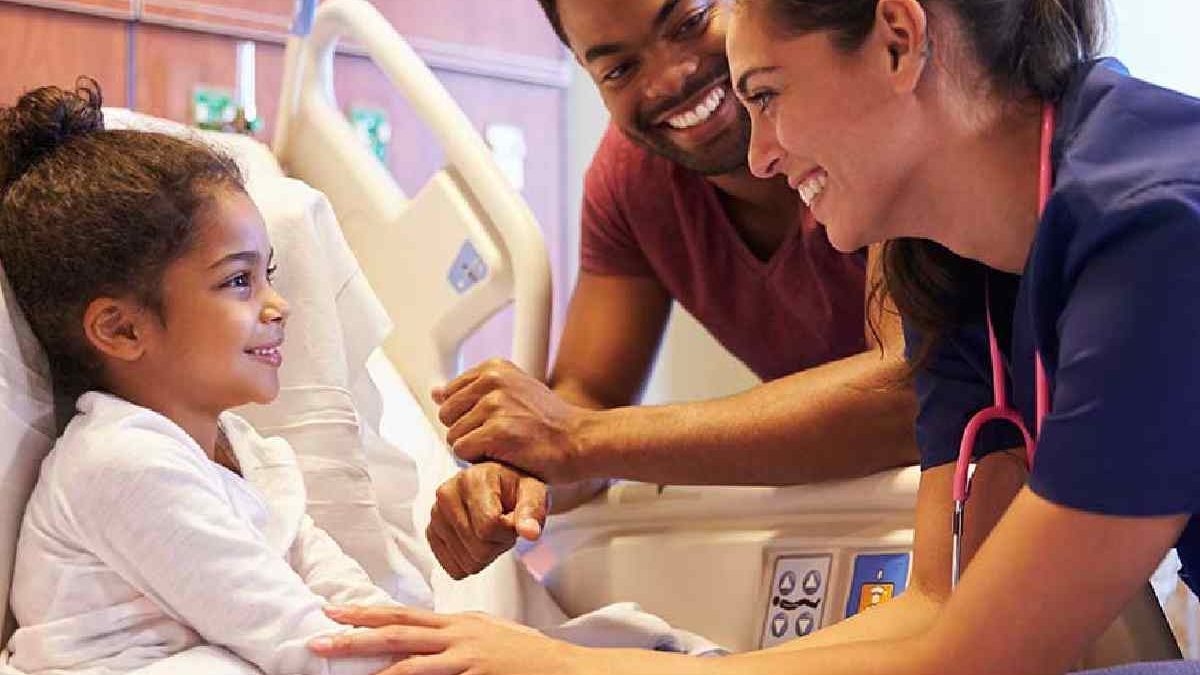Pediatric Pain Management – Managing pain in children is a crucial aspect of pediatric care, often requiring a multifaceted approach. Traditional methods typically rely on pharmacological treatments, but there is a growing interest in non-pharmacological strategies. These emerging trends in pediatric pain management focus on holistic approaches that minimize medication use and address the child’s overall well-being.
Table of Contents
Understanding Pediatric Pain
Pain in children can be challenging to assess and manage due to their varying ability to articulate their experiences. It is essential for healthcare providers to recognize and address pain effectively, as unrelieved pain can lead to longer-term physical and psychological issues.
The Role of Non-Pharmacological Treatments
Non-pharmacological treatments have gained prominence as they offer alternatives or complements to traditional medication. These approaches not only help in managing pain but also contribute to the overall comfort and emotional well-being of the child.
Cognitive Behavioral Therapy (CBT)
Cognitive Behavioral Therapy (CBT) is a well-established non-pharmacological treatment for pediatric pain. CBT focuses on altering negative thought patterns and behaviors associated with pain. Through therapy, children can learn coping strategies and relaxation techniques that help manage their pain more effectively. Studies have shown that CBT can lead to significant reductions in pain intensity and disability in pediatric patients.
Biofeedback
Biofeedback is another innovative approach where children learn to control physiological functions through real-time feedback from monitoring devices. This technique helps children understand the connection between their physical responses and pain, enabling them to use relaxation techniques to reduce discomfort. Biofeedback has been shown to be effective in managing chronic pain conditions such as migraines and back pain in children.
Music Therapy
Music therapy involves using music as a tool to promote healing and reduce pain. Research indicates that music therapy can significantly decrease anxiety and pain perception in pediatric patients. The soothing effects of music can help children relax, which in turn may alleviate pain. Music therapy is particularly useful in hospital settings, where it can create a calming environment and improve the overall patient experience.
Physical Therapy and Exercise
Physical therapy and exercise are critical components of pain management, especially for children with chronic conditions or those recovering from surgery. Tailored exercise programs can help improve mobility, strengthen muscles, and reduce pain. Physical therapists work with children to develop customized exercise regimens that are both safe and effective. Regular physical activity has been proven to decrease pain and enhance physical function in children.
Mindfulness and Meditation
Mindfulness and meditation practices are gaining traction as effective non-pharmacological treatments for pediatric pain. These techniques involve focusing attention and achieving a state of relaxation, which can reduce the perception of pain. Mindfulness training helps children become more aware of their bodily sensations and manage their pain more effectively. This approach can be particularly beneficial for children dealing with chronic pain conditions.
The Importance of a Multidisciplinary Approach
A multidisciplinary approach to pediatric pain management ensures that all aspects of a child’s pain and well-being are addressed. Collaboration between pediatricians, psychologists, physical therapists, and other specialists is essential for developing a comprehensive pain management plan. For families seeking expert guidance, a pediatrician in Scranton, PA can provide valuable insights and coordinate care to integrate these non-pharmacological treatments effectively.
Benefits and Considerations
The primary benefits of non-pharmacological treatments include reduced reliance on medication, fewer side effects, and an overall improvement in quality of life. These approaches also empower children by giving them active roles in managing their pain. However, it is crucial to consider that non-pharmacological treatments may not be suitable for all types of pain or conditions. Therefore, they should be used in conjunction with medical advice and other treatment modalities as needed.
Future Directions
Ongoing research continues to explore new non-pharmacological treatments and refine existing ones. Advancements in technology, such as virtual reality and biofeedback, hold promise for enhancing pain management strategies. Additionally, integrating these treatments into standard care practices requires continued education and training for healthcare providers.
Conclusion
Non-pharmacological treatments offer promising alternatives to traditional pain management strategies in pediatrics. By incorporating approaches such as CBT, biofeedback, music therapy, physical therapy, and mindfulness, healthcare providers can offer comprehensive care that addresses both the physical and emotional aspects of pain. Collaboration among specialists and ongoing research will continue to drive innovation in pediatric pain management, improving outcomes and quality of life for young patients.
By exploring and implementing these emerging trends, healthcare providers can better support children through their pain management journey, ultimately leading to more effective and holistic care solutions.

